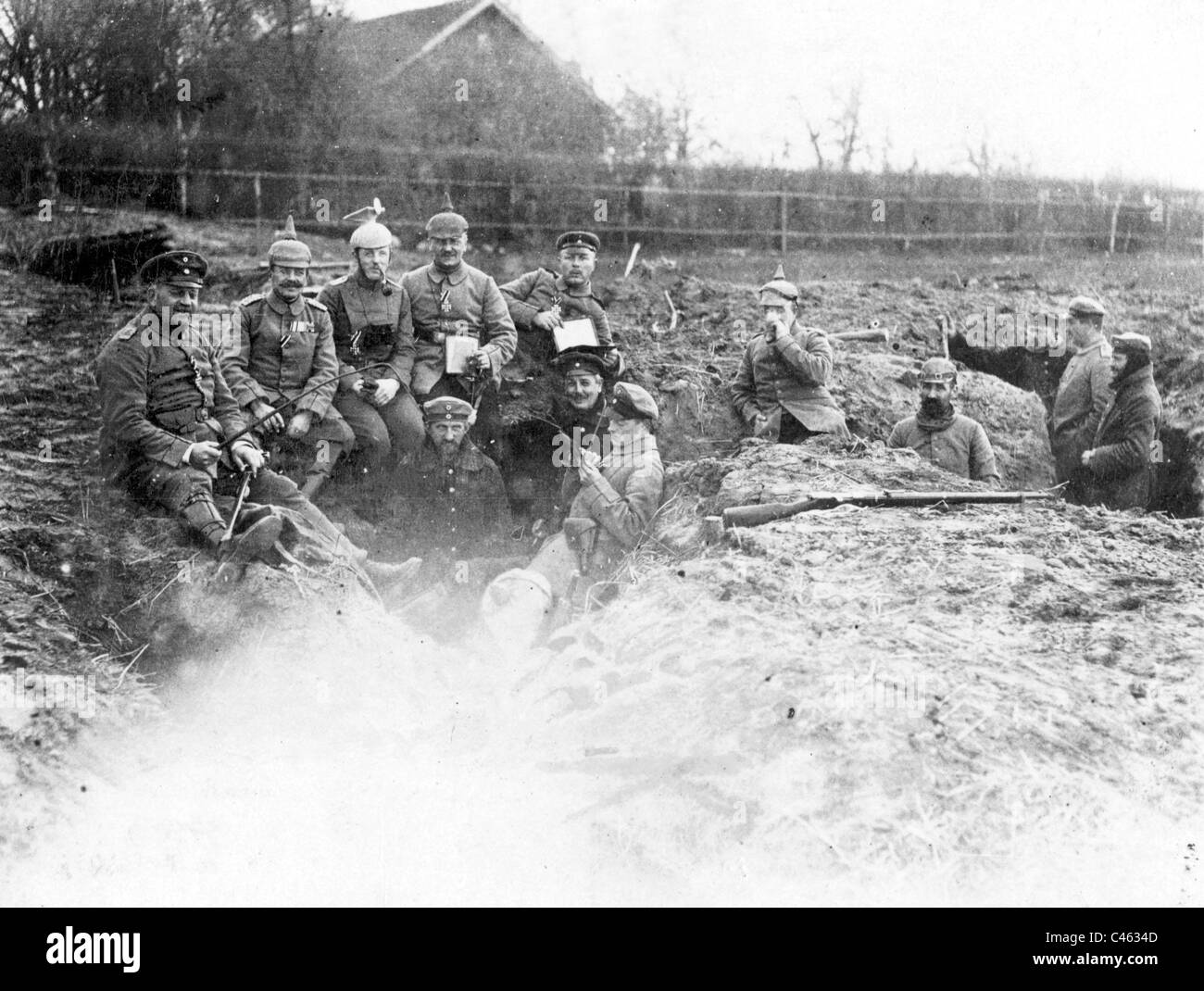
Hitler's objective, Danzig (Gdansk), in the opening salvo of WW II repeats the goal of the Teutonic Order more than 600 years earlier. Prussia, under Kaiser Wilhelm I, took inspiration from the militaristic Teutonic Order, as did the Third Reich under Adolph Hitler. However, German nationalists continue to be inspired by the Order for centuries. The Battle of Tannenberg set in motion the Teutonic Order's demise. Teutonic Order Decline and Legacy (02:20) Polish reserves enter the fray, saving the day. Poles Retreat, Regroup and Prevail (02:34)Īfter an hour of fighting, the Poles and Lithuanians retreat, then flee. The Poles hold mass - a delay to marshall troops. On Jul 15, 1410, Poles and Lithuanians (including Russians, Ukrainians, and Tartars) face off against the Teutonic Knights in the Battle of Tannenberg (a.k.a.

Forces Stage for the Battle of Tannenberg (02:25)

Parties postpone a decisive battle to summer 1410. The Grand Duke of Lithuania marries the heir to the Polish throne in 1385. Poland and Lithuania Allied Battle with Prussia Set (01:44) Drinking and hunting fill knight's idle time. Teutonic knights from all over Europe come to Marienburg to join semiannual raids on Prussia's neighbors. The Teutonic Order in Prussia exploits and dominates a vast array of commerce. The Teutonic Order strengthens its grip on Prussia. Once again unified in 1333 under King Casimir, Poland purges German language and fosters development. German Colony on the Baltic (02:22)ĭefeated by the Russians at the Gulf of Finland, the Teutonic Knights return to securing and colonizing Prussia with an iron fist. Turning to Russia, the Knights meet more effective resistance. Ordered to forcibly convert non-Catholics, the Teutonic Knights invade and brutalize Lithuania. Knights Invade Lithuania and Russia (03:05) Poland Asks for Teutonic Knights' Help (02:38)įailed attempts to convert their neighbors to Christianity prompt the Poles to invite, with papal blessing, the Teutonic Knights into Poland and adjacent territory.

Monuments on the battlefield, origins of the Teutonic Knights, and a brief historical context of Poland introduce the story of the Battle of Tannenberg.
#When was the battle of tannenberg series#
Henri de Turenne and Daniel Costelle present the series "Turning Points in History." This segment describes the Battle of Tannenberg between German and Polish/Lithuanian forces.
#When was the battle of tannenberg free#
It brought considerable prestige to Field Marshal Paul von Hindenburg and his rising staff-officer Erich Ludendorff, but brought about the failure of the Germans to achieve a quick victory in the war, per the Schlieffen Plan.Īlthough the battle actually took place near Allenstein, Hindenburg named it after Tannenberg, 30 km to the west, in order to avenge the Teutonic Knights' defeat at the First Battle of Tannenberg 500 years earlier.Opening Credits: The Battle of Tannenberg (01:15) FREE PREVIEW The battle is particularly notable for fast rail movements by the Germans, enabling them to concentrate against each of the two Russian armies in turn, and also for the failure of the Russians to encode their radio messages. A series of follow-up battles destroyed most of the First Army as well and kept the Russians off balance until the spring of 1915. The battle resulted in the almost complete destruction of the Russian Second Army and the suicide of its commanding general, Alexander Samsonov. The Battle of Tannenberg, also known as the Second Battle of Tannenberg, was fought between Russia and Germany between 26 and 30 August 1914, the first month of World War I.


 0 kommentar(er)
0 kommentar(er)
